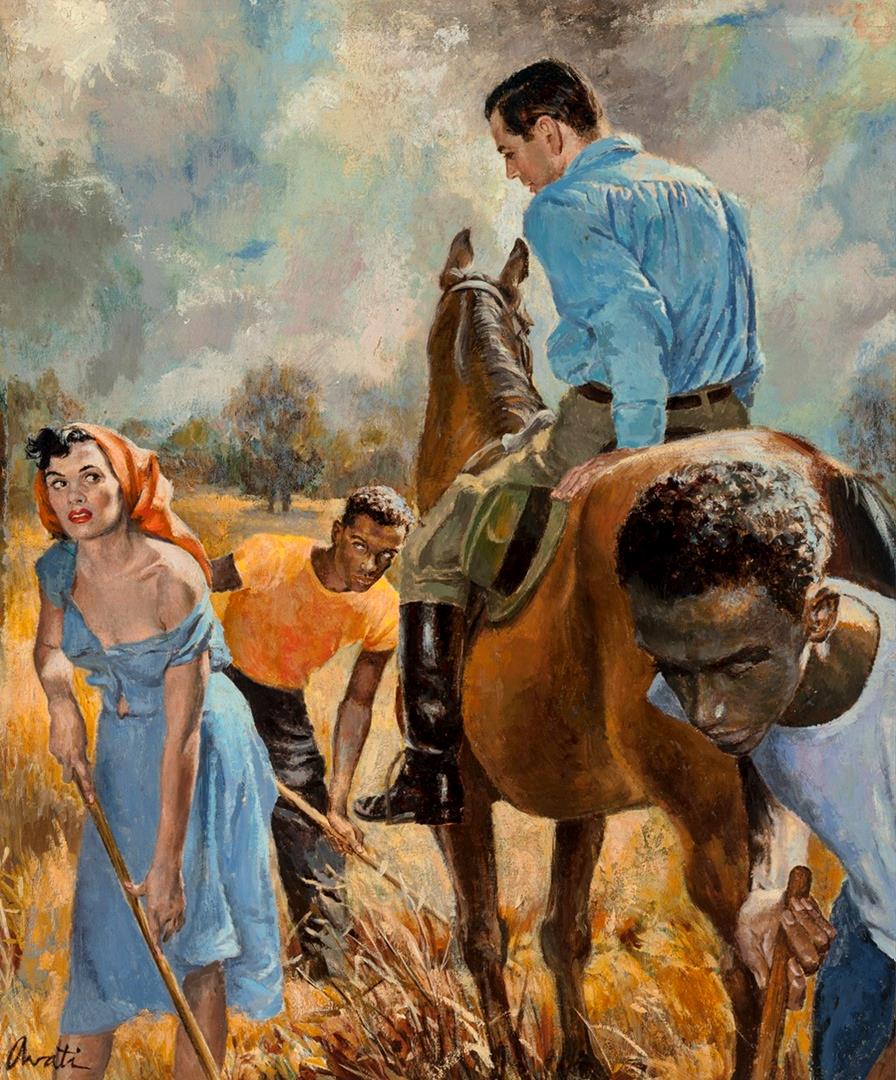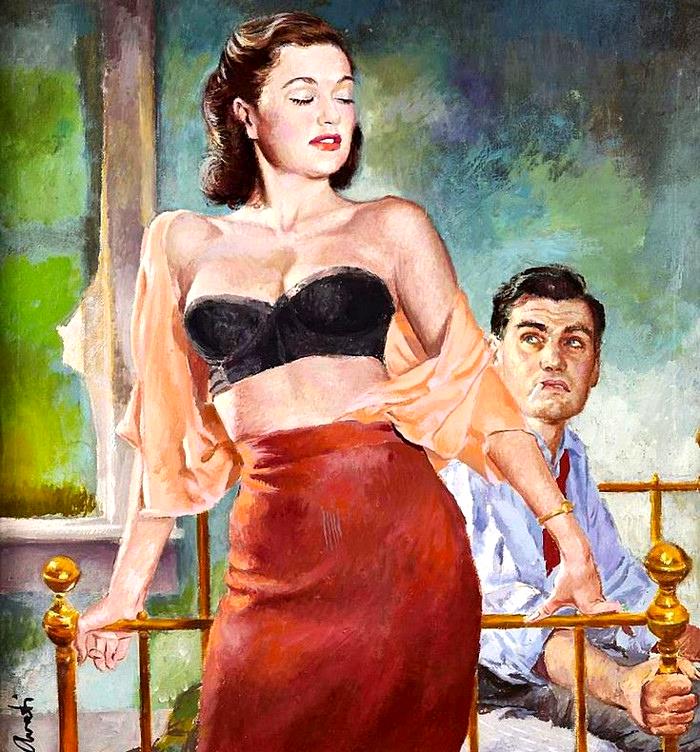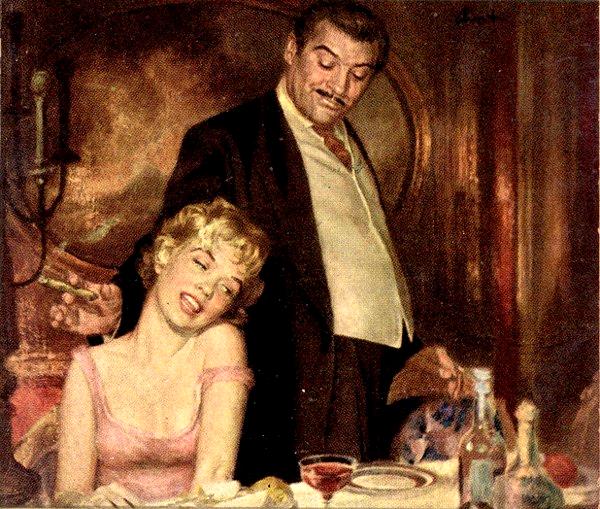Illustrations of Artist James Avati
James Avati (B. 1912 - D. 2005) painter and illustrator, who during his long creative career drew more than 1000 illustrations for book covers and even during his lifetime was awarded membership in the Illustrator's Hall of Fame (illustrators hall of fame), which should be said for the first and so far the only time that an artist received such an award during his lifetime.
It is not for nothing that they call him the father or Rembrandt of book covers, because thanks to his talent and creative approach that was not traditional for that time, he made a small revolution in the American publishing business, creating a new direction in the genre of illustration. Now many collectors buy editions with his drawings and illustrations for quite large sums. It is a pity that James Avati practically did not paint pictures, being mainly engaged in commercial illustration, which is typical for many American illustrators of the mid-20th century.
James was Born in Bloomfield, America, New Jersey. His mother died early, shortly after the birth of James, His father was a professional photographer. his father later married, then James lived and raised in aunt's home. James was always interested in painting and loved to paint. After World War II, he landed a job as a window designer at a Fifth Avenue department store in New York City. In addition to this, he also continued to paint, and at some time was noticed by a representative of a publishing house specializing in the production of paperback books, where he began to work. All of his design work immediately became hits. In fact, Avati changed the style of book design. Among the authors with whom he worked were Theodore Dreiser, William Faulkner, Erskine Caldwell, J. D. Salinger, James T. Farrell, Pearl Buck, John O'Hara, Mickey Spillane, Earl Stanley Gardner, Alberto Moravia. Fame and status come to him. He got married and had two sons. Avatidied at the age of 92. All his works are distinguished by extraordinary plot accuracy and emotional sensibility, forcing the viewer to immediately delve into the plot and empathize with the characters.
 |
| Illustration by artist James Avati for Harry Gray's novel "The Hoods" |
In 1952, a certain Herschel Goldberg, writing under the pen name Harry Gray, released a book billed as "a semi-autobiographical chronicle of mafia life in New York." The mystery surrounding the author's personality, as well as the specifics of his life and misdeeds, fit well into the milieu of 1950s tabloid writing, and the book was a huge commercial success. Following that, "Bandits" served as an influence for Sergio Leone's epic picture "Once Upon a Time in America," which was released in 1984 and is frequently ranked among the top 100 films on the Internet Archive. Leone had the idea for this film adaption and met Gray in the late 1960s, but it took years to obtain the copyright. The full ten-hour material was chopped down to six hours - Leone planned to release the picture in two three-hour parts, but the studio was not interested. "Once Upon a Time in America" was reduced to 139 minutes for US distribution, and the picture bombed badly, barely making its $30 million budget.
Looking at the artist's work, you can easily notice in his drawings a style reminiscent of PIN-UP, but this is only at first glance. Yes, the manner of drawing, or rather the style is similar, but the main difference is that James Avati drew life stories, and not just beautiful models. And that's why I like his work - they are "alive" filled with emotions and meaning.
Looking at these illustrations it is very easy to "read" what the artist wanted to convey, and if you look closely, you can find details that not only complement, but rather reveal the picture in a new way, giving an additional, not always obvious, meaning.































































Aucun commentaire:
Enregistrer un commentaire